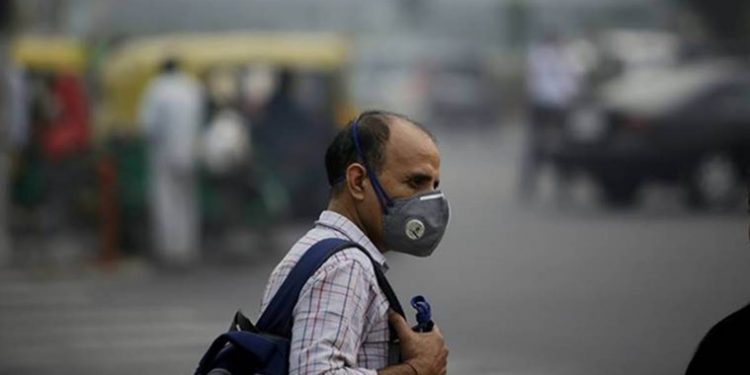Prof Shankar Prasad Pati
Two MIT professors along with a doctoral student have calibrated Covid-19 data on testings, reported cases, reported deaths, and overall mortality from 84 nations. The team included India, but not China, while making a projection vis-à-vis the pandemic’s spread by February next year. As per this, there will be a daily addition of 2.87 lakh infections in India by February next year; and 249 million infections and 1.8 million deaths by March, 2021. Prima facie, these are sensational projections.
Granted that there is a chance of a serious worsening of the Covid scenario, people are well-advised to take care, observe norms like social distancing, mask-wearing, stay-at-home, and frequent washing of hands. Yet, while we respect MIT, its projections cannot be taken at its face value. There obviously are lacunae in the way figures were worked out.
The research covered 84 out of the 213 affected nations which together have a population of 475 crore, out of a world population of 800 crore. China where the virus was first detected is excluded from the study despite the fact that it has 150 crore of population and is one of the majorly-hit nations. The released paper was pre-print and not reviewed by experts vis-à-vis the models and parameters adopted.
The team made the prediction conditional to a situation wherein there is no vaccine or drug till date. But, several labs and nations are actively striving to come up with both. India too has its works ongoing in labs. India has marketed two/three drugs by now for moderate attacks. Plasma therapy is coming up as suggested by India.
The researchers did the work through Mathematical Modeling by taking S (Susceptible) E (Exposed) I (Infectious) and R (Recovered) as basic parameters. Mathematical Modeling can be accepted if several parameters are taken into account, but they ignored the other parameters like how the governments would respond to the situations and how the community would behave.
The team has not relied on parameters like concentration of Covid-19 cases in some countries, some states and some districts. The same model cannot be applicable to such different scenarios. For instance, Dharavi and less-affected areas cannot be bracketed together. Also, the effect of the lockdown and shutdown would need to be considered. The higher average immunity of Indians is a major aspect that was ignored in this study.
The researchers stated that the infections could stand at 60 crore if the contact rate is taken as 8 per infected. The usual contact rate, however, is accepted as 2.58. This itself will bring down the team’s global infection projection to only a few crores, and much less than the predicted 25.5 crore. The team has accused governments of all countries of hiding the actual figures, and saying that, otherwise, the cases by now could be 11.48 times more than the reported infections and an additional of 50 per cent more deaths. In India, for instance, such a hiding is not possible as the media and other agencies are closely tracking the ground situations.
The researchers said that by increasing testing by 0.1 per cent every day, the cases will decline from 1.55m to 1.37m. This is a marginal decrease. Some 0.1 per cent of the population for India would mean 13 lakh. Now India is doing around 3 lakh tests per day. By increasing the tests to 13 lakh to reduce infection by 2 lakh is, of course, one way. No country can do testing on such a massive scale.
Usually, Covid predictions are going haywire. A March prediction by an international team of scientists, including from the Johns Hopkins University, was that India could be saddled with between 1 lakh and 13 lakh confirmed cases of the novel coronavirus by mid-May. But, by May, India had only 2,000-4,000 cases. Another prediction was of 5.5 lakh infections for Delhi in July, though in reality this figure now stands only around 1 lakh.
A prediction on Covid-19 spread will have some meaning if it is made for two weeks at a time. The complicated variations depending on several parameters cannot be drawn at a time for longer term.
The writer is a former professor with various universities in Odisha.







































